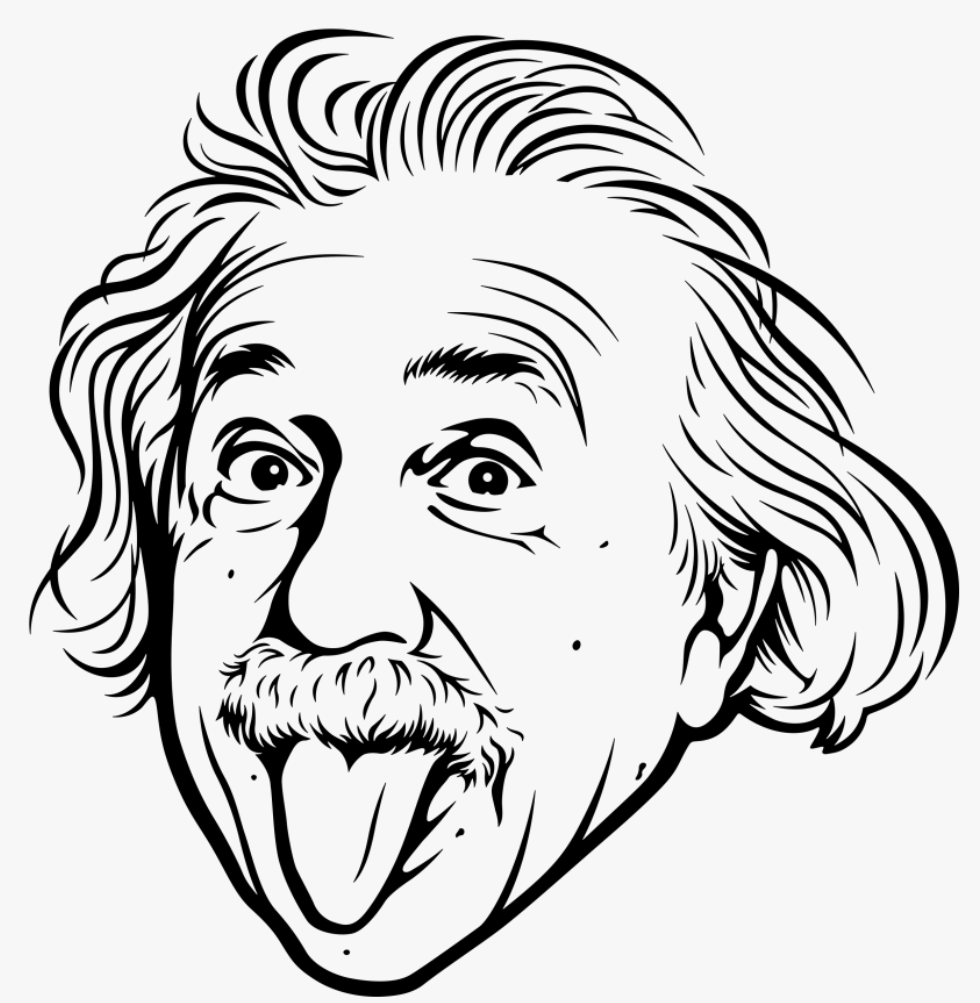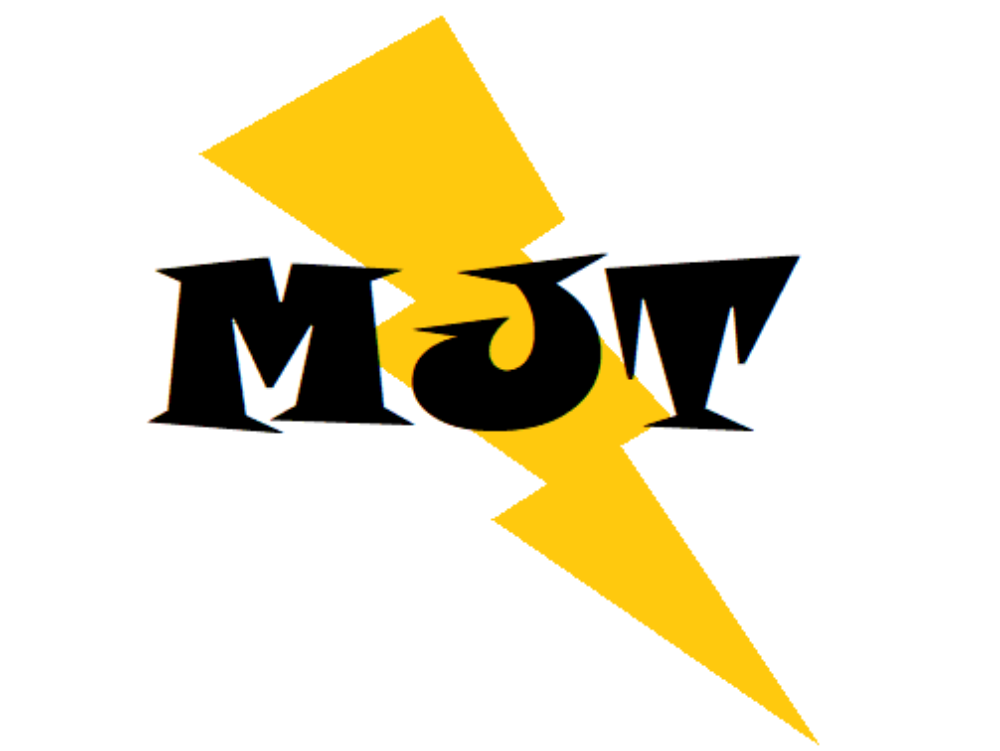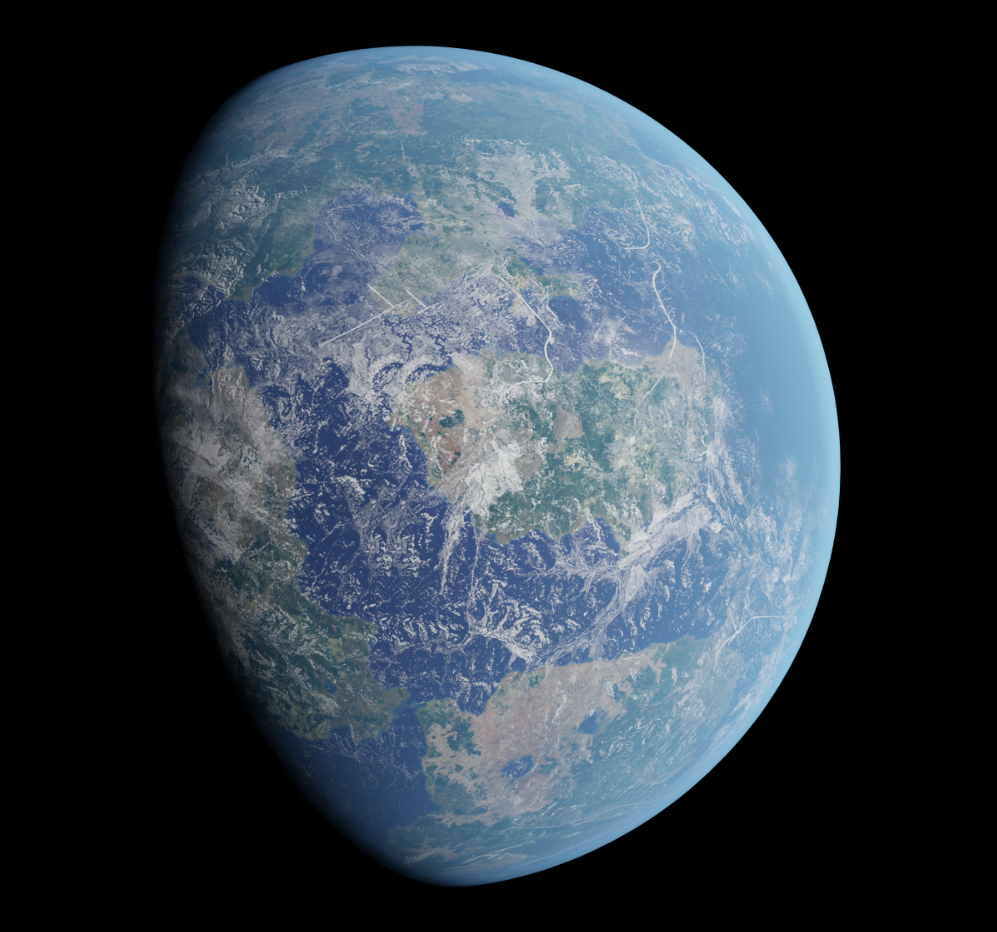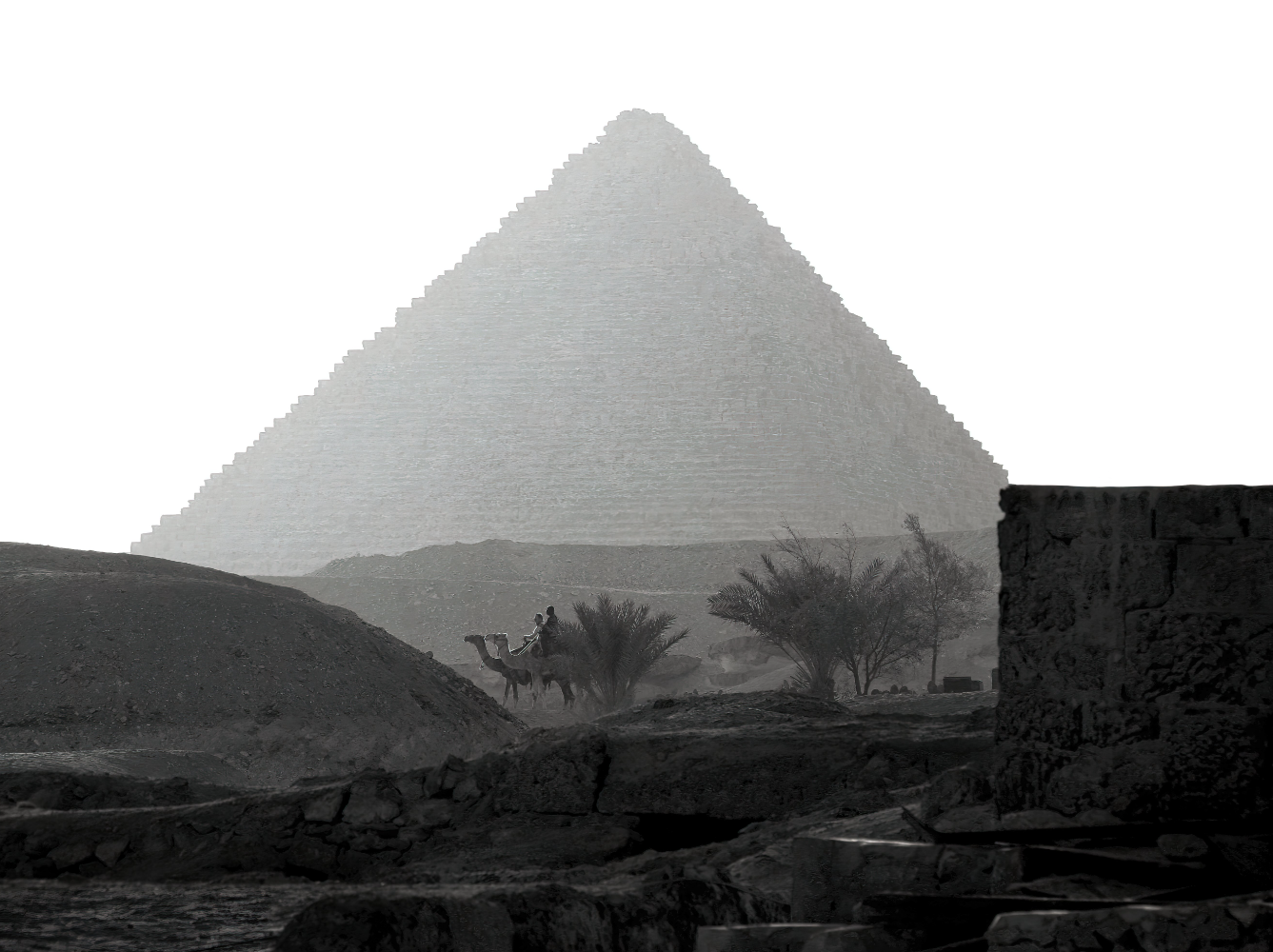
Relatively Speaking. Second Time.
Continuing from the previous post, and wrapping up with this one, on a brief foray into the Theory of Relativity.
The Theory of Relativity won’t be of much practical use for most of us in daily life (although most of us do enjoy the benefits of its development and application, ex. GPS devices, etc.). It’s primary value is to those who study and want to better understand objects that are 1.) moving near the speed of light and/or 2.) moving in a strong gravitational field.
Special Relativity, discussed in the previous post, is useful for the study of objects moving near the speed of light. However, Einstein found that it falls short when gravity is thrown in as a factor to consider. This led to his development of the second component of what we know as the Theory of Relativity: General Relativity.
Aside from the obvious, the following example from this page (compliments of Cornell University) may help illustrate the factor of gravity in the movement of objects.
“Scientists have known for a long time that gravity is unusual. Take a bunch of wooden blocks, some big and some small, and sweep them off a table; they will all fall at the same speed and hit the ground at the same time. Glue a piece of metal to each and attract them with a magnet, though, and they will move at different rates; try to pull them with a rope, and you’ll have to pull harder to get the bigger objects up to speed. Why is it that gravity, and gravity alone, is able to adjust itself to pull everything towards the Earth at the same rate?”
Einstein’s answer to this question contradicts previous scientific thought about gravity.
He says that “…gravity is not a force which pulls on things; rather, it is a curvature of space and time caused by the presence of a nearby massive object (like the Earth). When something comes along and moves past the massive object, it will appear to be pulled towards it, but in reality, it isn’t being pulled at all. It is actually moving along the same straight line that it was moving along in empty space, but this straight line will now look like it is curved, due to gravity’s warping of the underlying ‘space-time’ continuum.” Source: Cornell University
That sounds pretty far out right? Gravity doesn’t pull you down. Instead gravity warps space-time and keeps you planted on the surface of the Earth. This was an absolutely new way of looking at the apple falling from the tree that may be the best known example of Isaac Newton’s conception of gravity.
The Theory of Relativity encompasses far more than what’s been shared here. In fact, it’s been hard to stop reading about it now that the door is open. Black holes and the effect of gravity on both light and time are just a few of the things that you’ll find out about if you jump on this path.
Example: “We know that time passes faster in orbit than it does on Earth because we’ve compared clocks on Earth with those on orbital satellites farther from the planet’s mass. Scientists call this phenomenon gravitational time dilation. Likewise, scientists have observed straight beams of light curving around massive stars in what we call gravitational lensing.” Source: How Stuff Works
Have no fear that it’s over your head. I’m no mathematician. Instead, just a curious person. That’s all the qualification you need to dig enough to make it interesting. Good luck and have fun if you decide to give it a shot. Here’s a primer if you’re thinking about it:
Easter Egg #1: Click here to see Einstein’s notebook for a lecture on relativity.
Easter Egg #2: Entire collection of Einstein goodies from the same source at this link.


